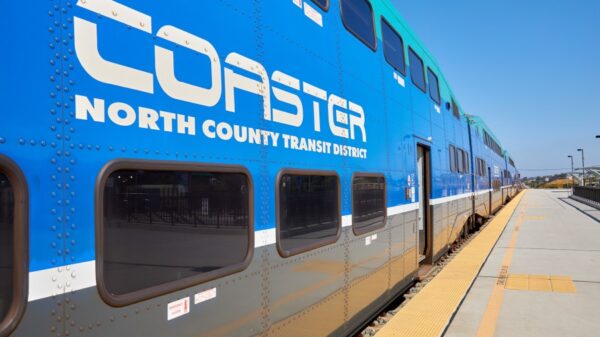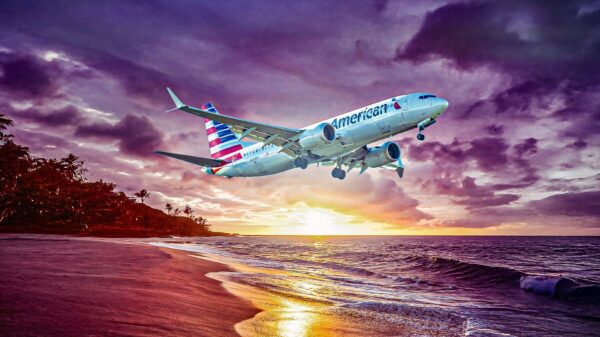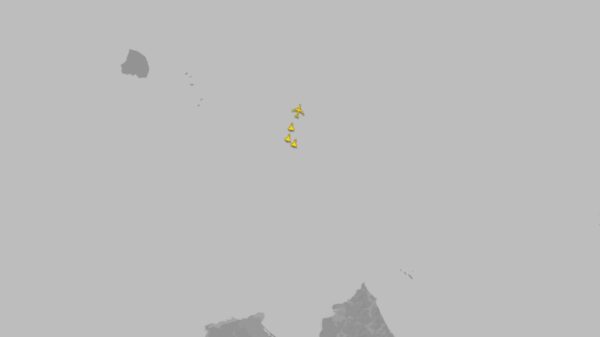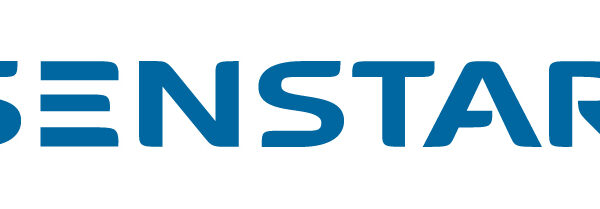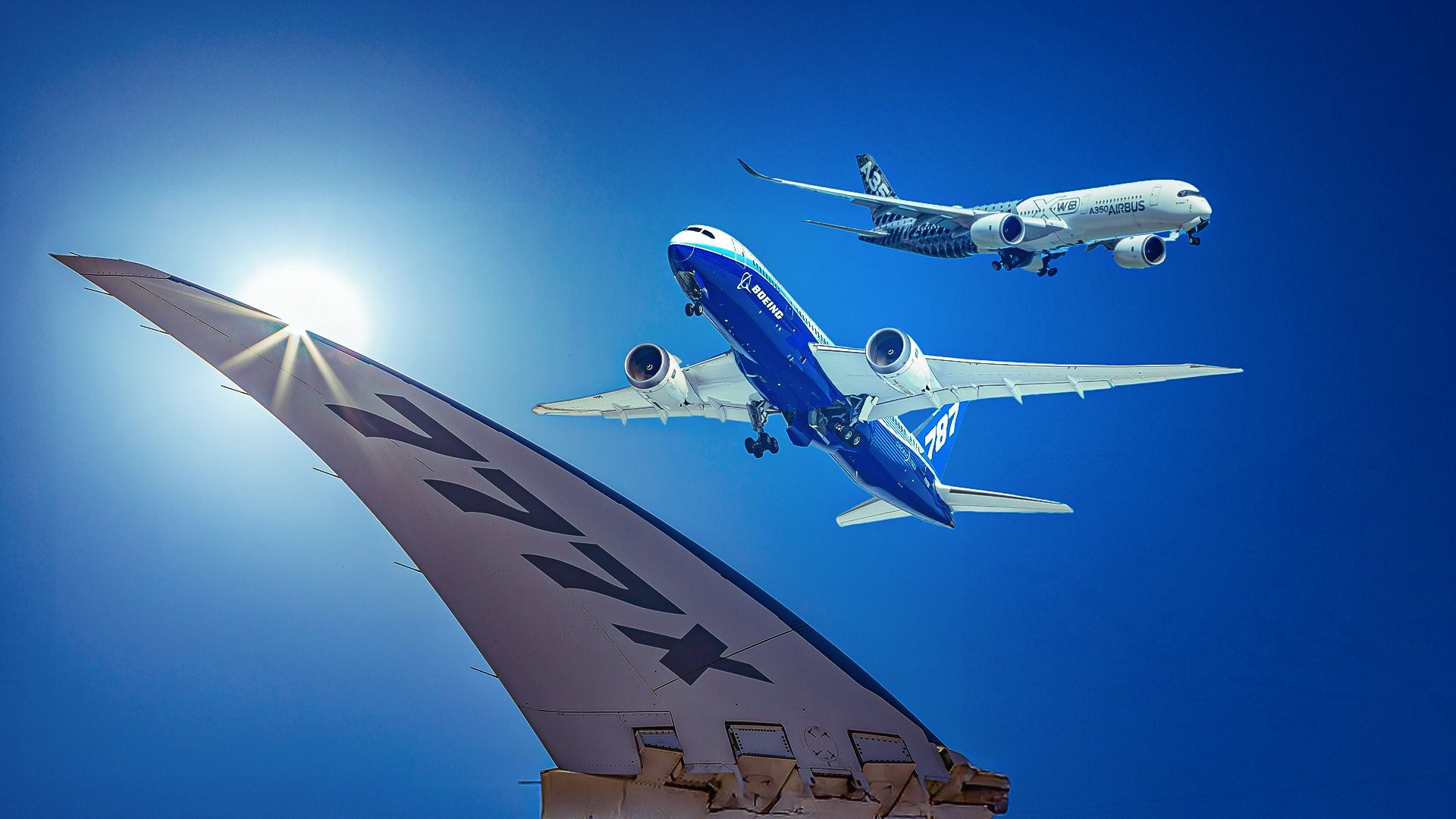The highly anticipated Boeing 777X is approaching its entry into service after a lengthy development and certification process. Expected to become the world’s longest commercial aircraft, the 777X presents a formidable challenge to existing widebody aircraft, particularly the Airbus A350 and Boeing 787 Dreamliner. With its launch aimed at providing airlines with a high-capacity, long-range option to replace older models, the 777X’s arrival will reshape the competitive landscape of long-haul aviation.
Market Position and Specifications
The Boeing 777X is an advanced iteration of the popular 777 family, featuring cutting-edge technology such as distinctive folding wingtips and powerful GE9X engines. This aircraft promises to achieve up to 12% lower fuel burn per seat compared to its predecessors, enhancing operational efficiency. Two variants will be available: the 777-8 and the 777-9, with the latter expected to secure the bulk of Boeing’s current orders.
The 777-9 can typically accommodate 426 passengers in a two-class configuration, significantly outpacing the A350 and 787, which typically seat 369 and 336 passengers respectively. While the 777-9 has a maximum range of 7,285 nautical miles (13,500 kilometers), the 777-8 is designed for ultra-long-haul flights, boasting a range of 8,745 nautical miles (16,190 kilometers). Boeing aims to have the 777X in commercial service by 2027, marking its entry more than a decade after the A350 and over 15 years after the 787 Dreamliner.
Competitive Landscape
In terms of market competition, the 777X occupies a unique position between the A350/787 and the larger 747/A380 models. Its closest competitor, the Airbus A350-1000, offers greater range compared to the 777-9. However, the 777-9’s passenger capacity could prove advantageous for airlines operating high-density routes. Boeing differentiates the 777X from the 787 Dreamliner, which is designed for efficiency and point-to-point networks rather than high-capacity operations.
The specifications highlight the competitive differences:
Specification Boeing 777-9 Airbus A350-1000 Boeing 787-10 Typical two-class seating 426 passengers 369 passengers 336 passengers Range 7,285 NM (13,500 km) 8,700 NM (16,100 km) 6,430 NM (11,900 km) Length 76.72 meters (251 feet 9 inches) 73.79 meters (242 feet 1 inch) 68.27 meters (224 feet 0 inches) Wingspan 71.75 meters (235 feet 5 inches) 64.75 meters (212 feet 5 inches) 60.12 meters (197 feet 3 inches) Maximum Takeoff Weight (MTOW) 351.5 tonnes 316.0 tonnes 254.0 tonnes
Airlines such as Emirates and Qatar Airways are crucial to the 777X’s future. Emirates, the world’s largest operator of the 777, currently has a fleet of nearly 130 active passenger 777s. Its substantial order for 140 777Xs is intended as a direct replacement for its aging fleet. Likewise, Qatar Airways operates over 60 777s and has committed to 94 777Xs, which will replace older models rather than expand its fleet.
Both airlines also have significant investments in the A350, indicating a potential for dual operations as they incorporate the 777X into their existing fleets.
The 777X has already attracted orders from a variety of airlines, including Air India, All Nippon Airways, and Singapore Airlines. As operators of both the A350 and 787, these airlines highlight the growing trend of multiple aircraft types co-existing within the same fleet.
Boeing has secured over 500 firm orders for the 777-8 and 777-9, although a significant portion of these orders comes from a limited number of customers. This concentration raises concerns about the program’s long-term viability, reminiscent of the A380’s reliance on Emirates.
As demand remains strong for both the A350 and 787, recent orders have underscored the ongoing appeal of these aircraft. Notably, Qatar Airways placed an order for 130 Dreamliners, while IndiGo committed to 60 A350 jets. The A350 and 787 remain critical to many carriers’ long-haul networks, despite their lower capacity compared to larger aircraft like the 777X, 747, and A380.
Looking ahead, the appeal of the 777-8 could hinge on its ability to carve out a niche in the market, particularly as airlines seek to replace older aircraft. Aviation analytics firm Cirium forecasts the need for 46,500 new aircraft deliveries over the next two decades, with over 20% of these expected to be widebodies. The timing of the 777-8’s entry could align perfectly with the retirement of older models, providing Boeing with an opportunity to capture additional market share.
With the 777X on the horizon, the dynamics of the widebody market are set to evolve, presenting both challenges and opportunities for Boeing, Airbus, and the airlines that operate their aircraft.







